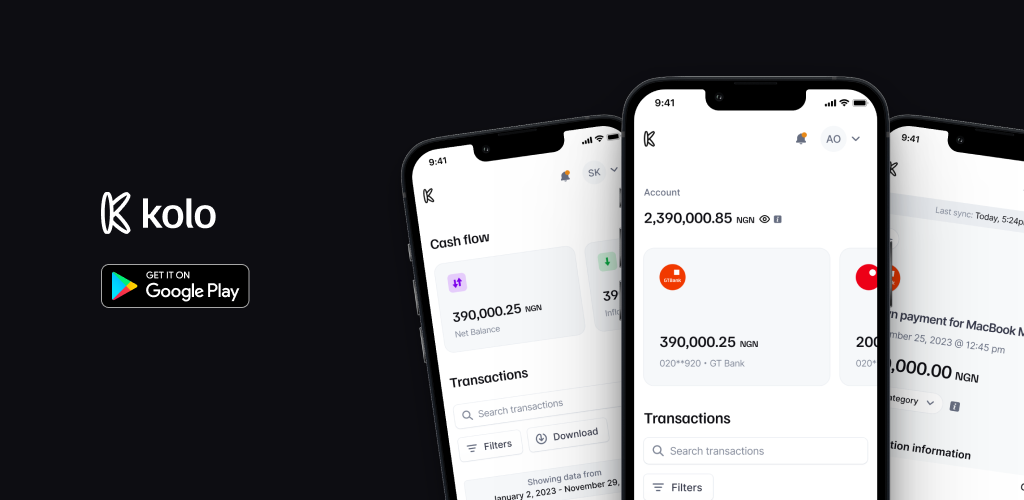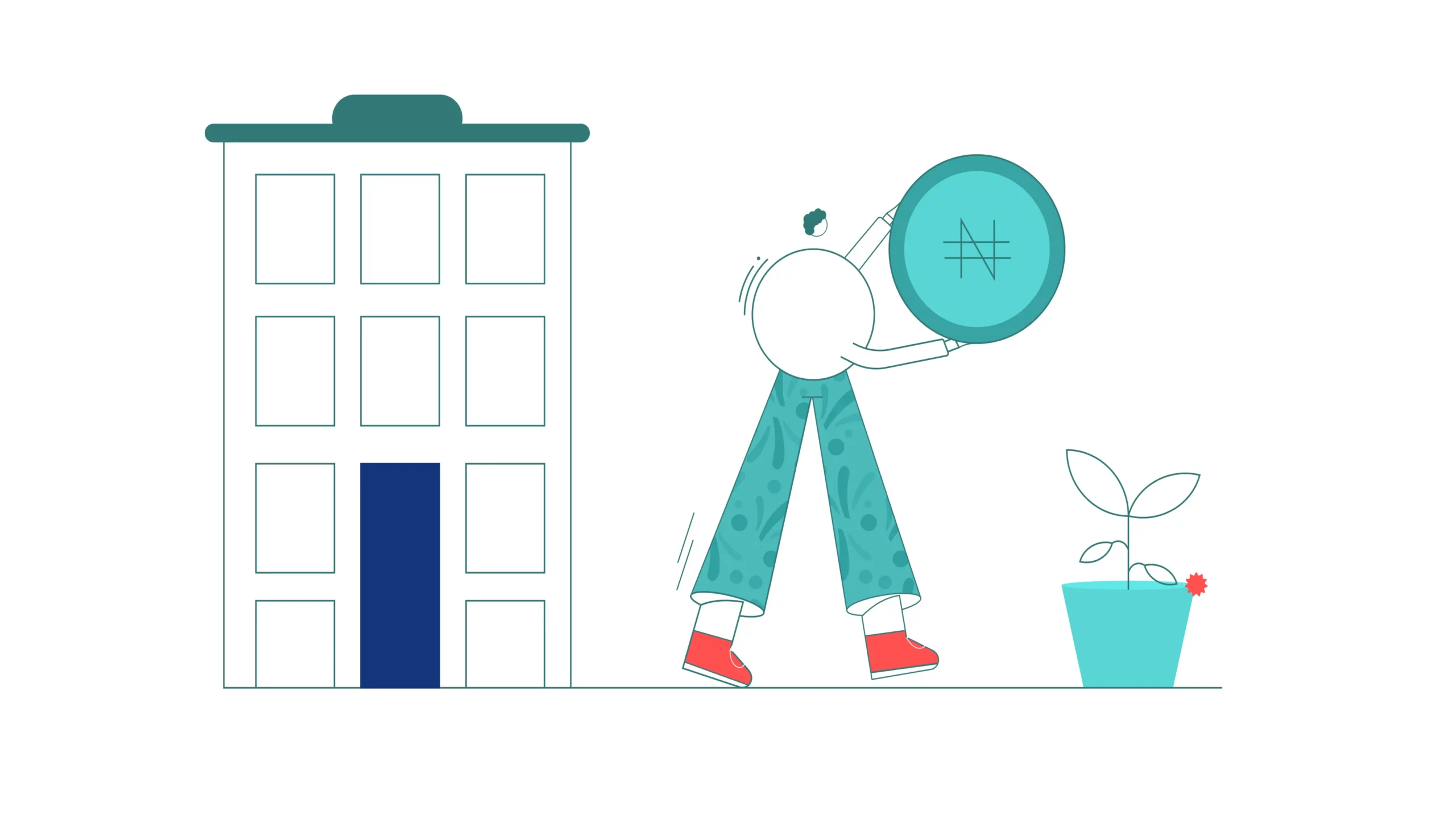8 reasons why you should NOT use Kolo
Let's explore the different reasons why you shouldn’t make use of your Kolo account or encourage your family and friends to do so.
How to tell if you’re ready for enterprise-grade lending software
So how do you know when it's time to make the leap? Let's look at the concrete signs that indicate your business is ready for enterprise-grade lending software.
Fund your lending business with on-lending facilities
The credit gap in Nigeria is massive, at over 74 trillion. However, there are still not enough loans to go around for everyone who needs them. Beyond the tech to scale, lenders also need the capital to lend. How many loans could a startup lender possibly give from bootstrapping? Say a lender starts with N10m […]




